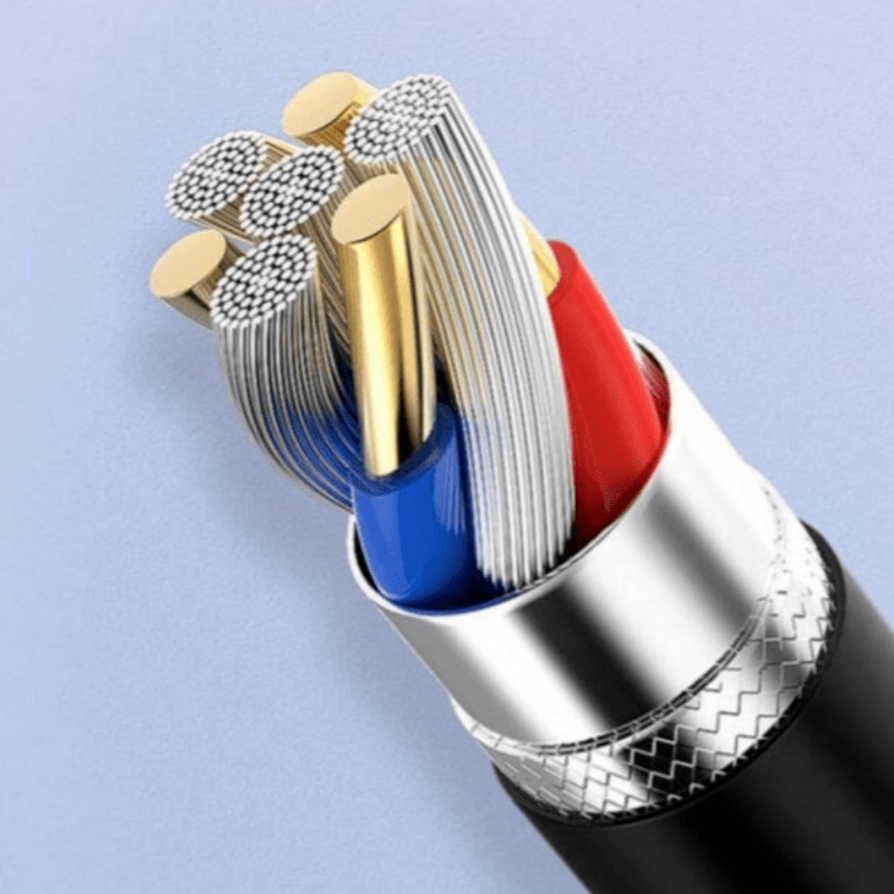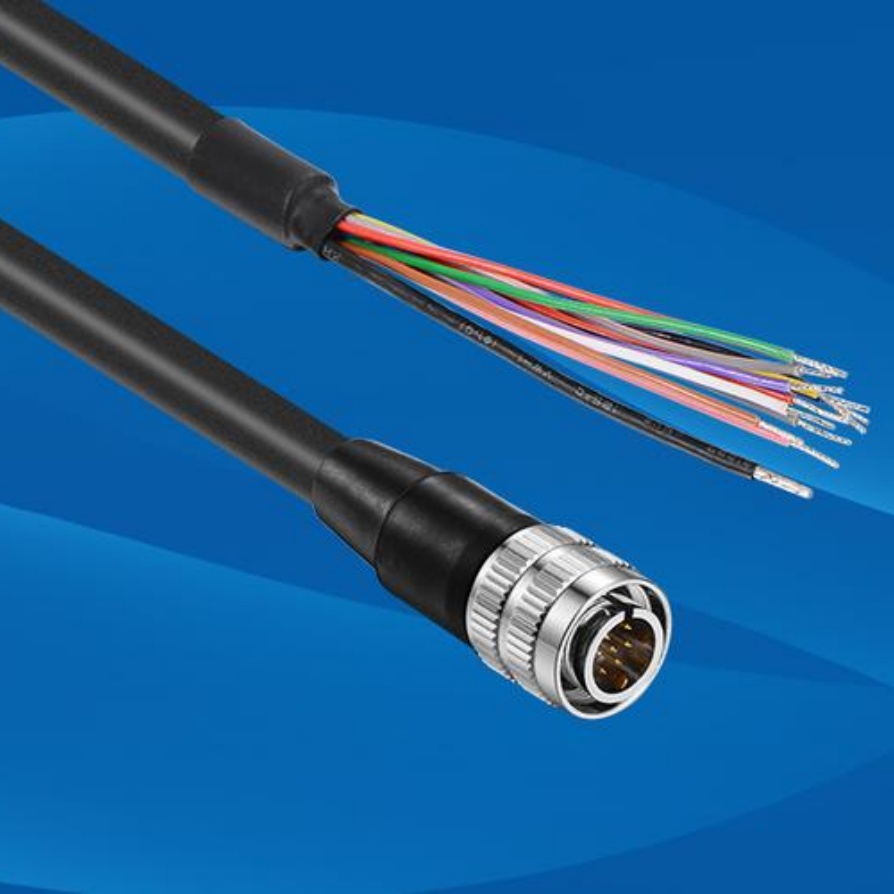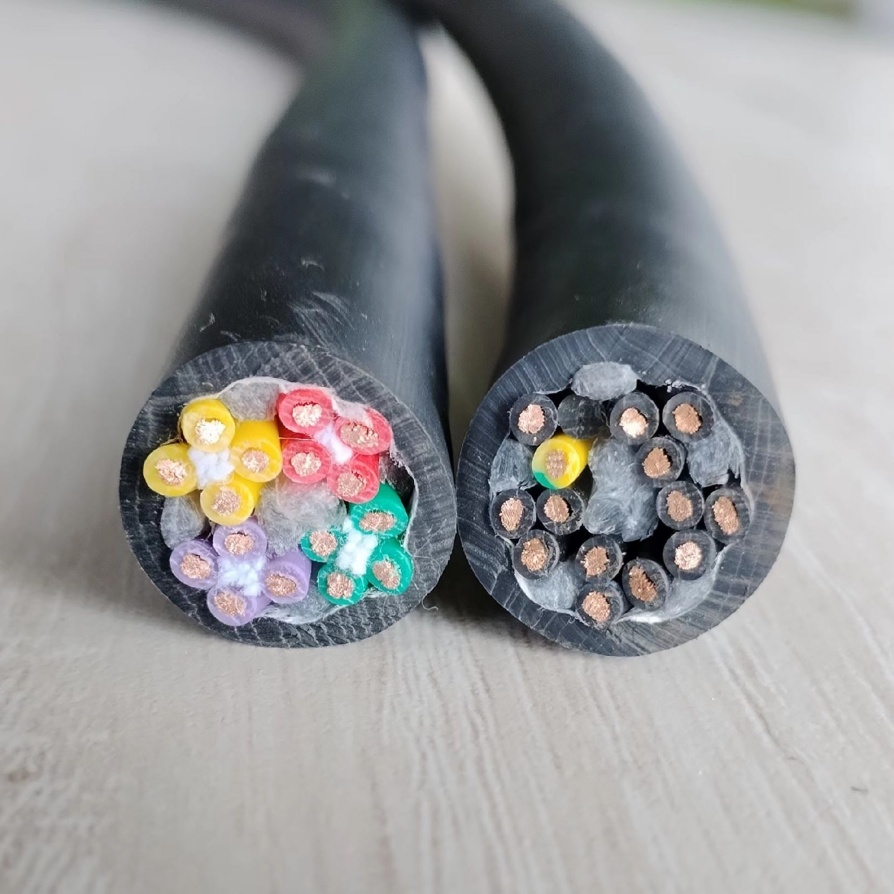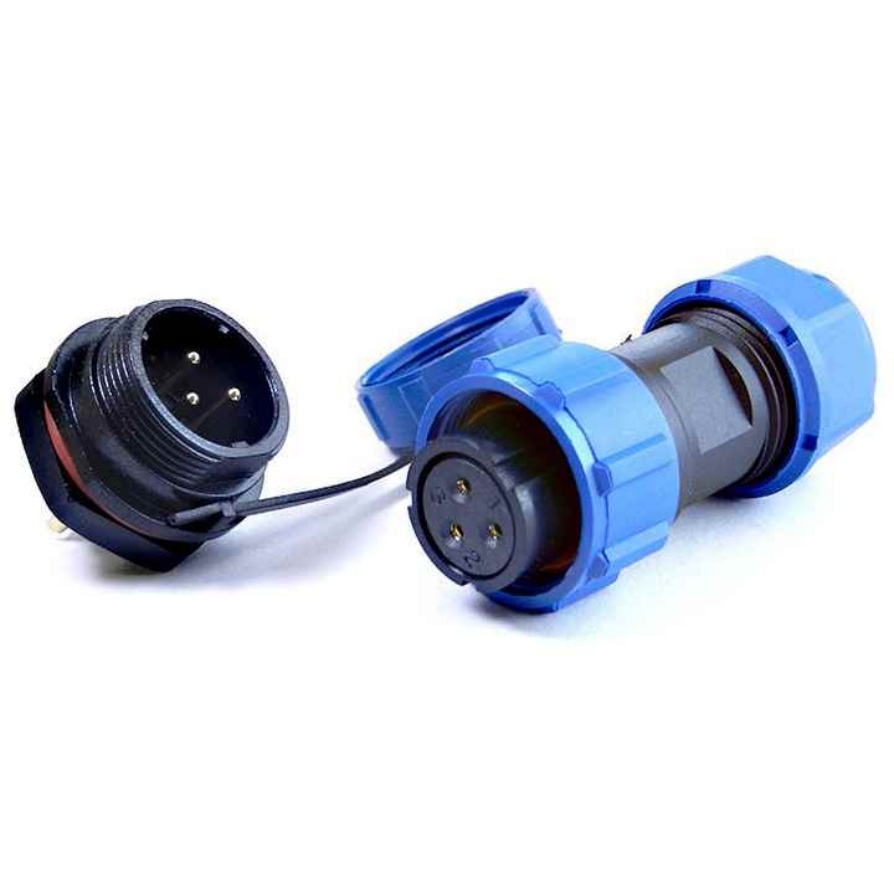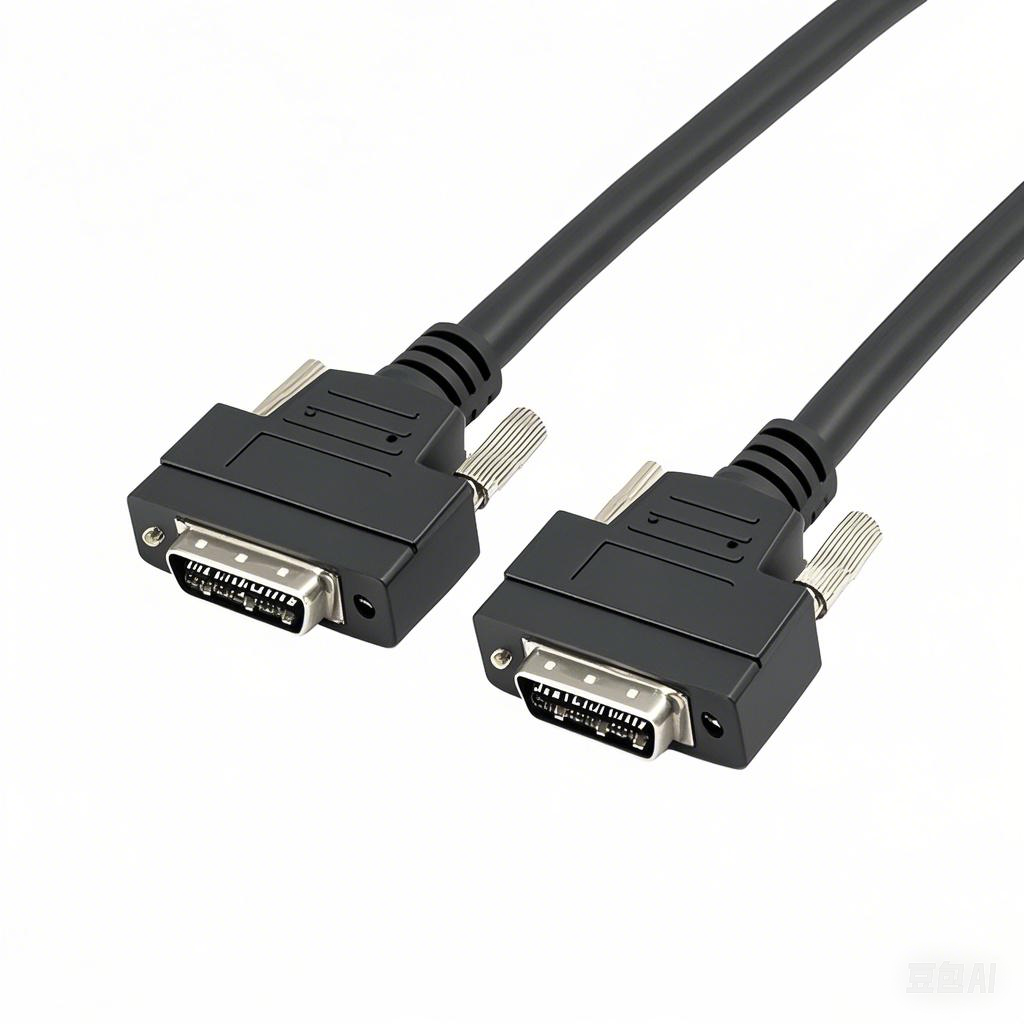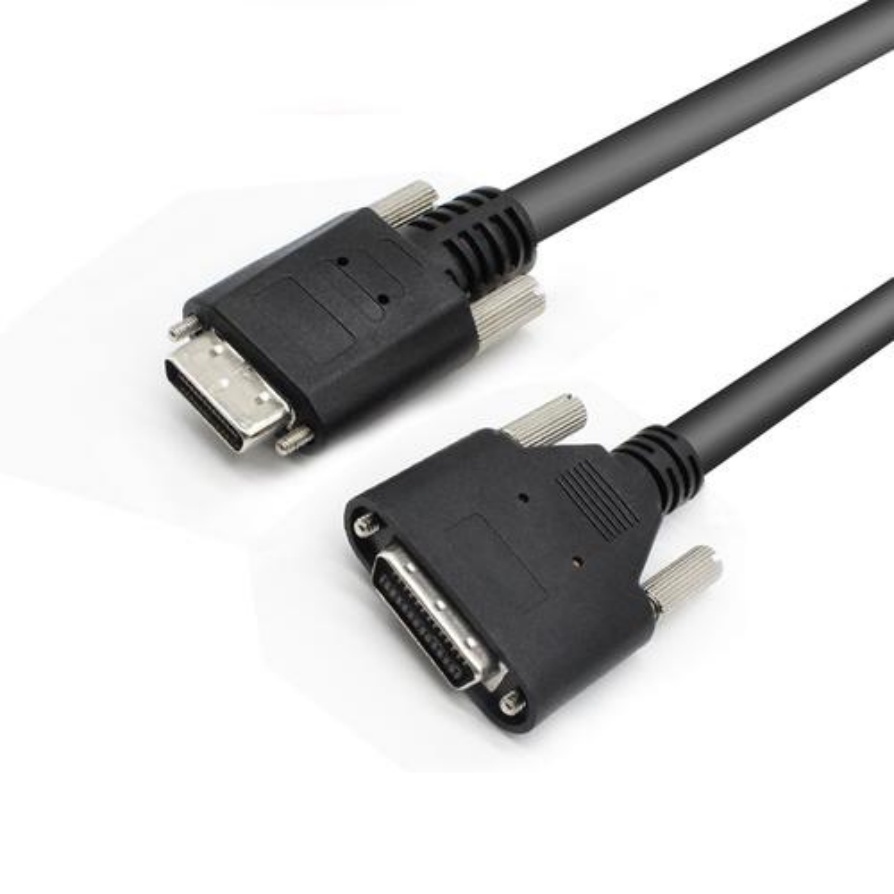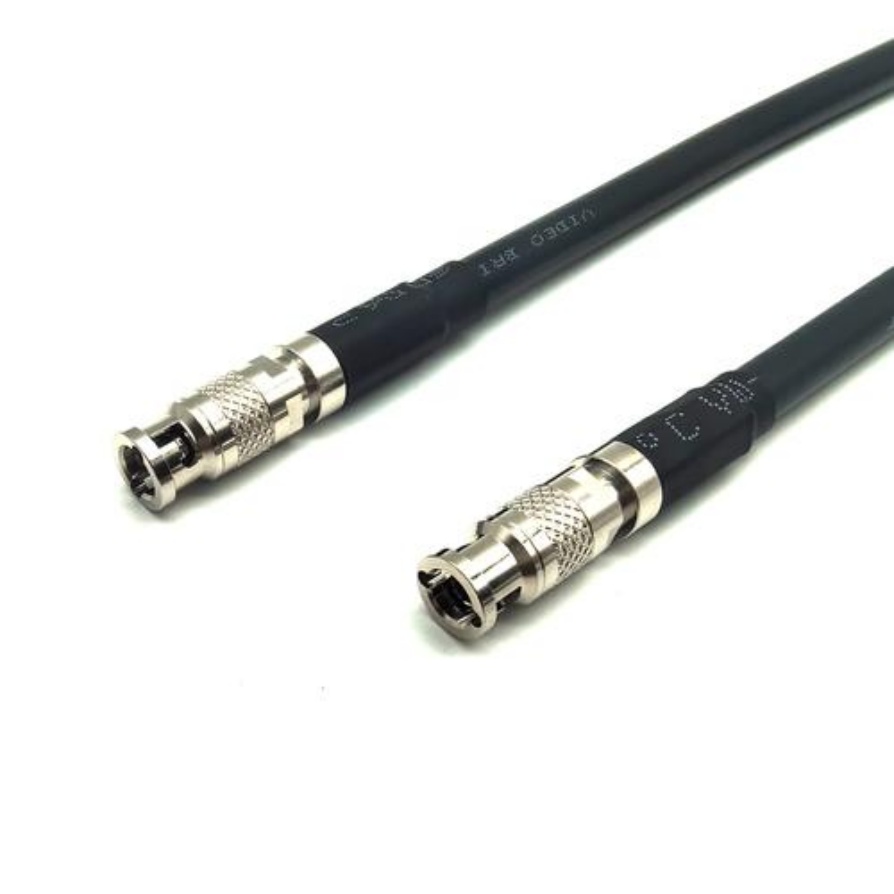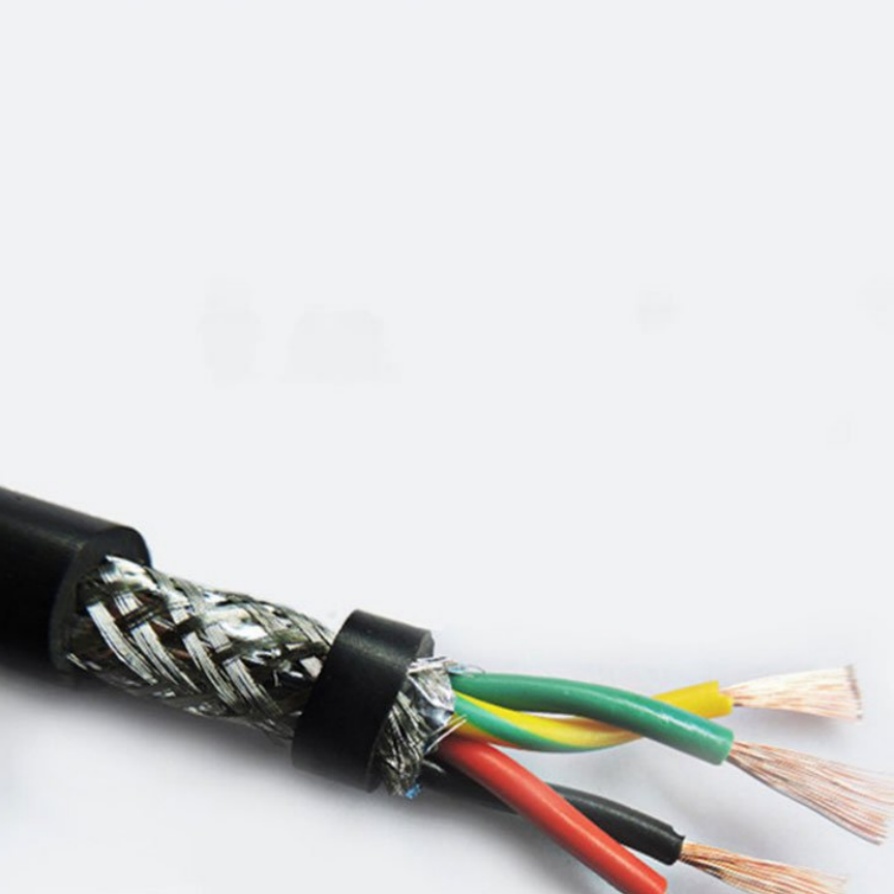Low-Smoke Zero-Halogen Machine Cable: Options, Advantages & FRS ...
If you’re searching for “low-smoke zero-halogen machine cable options,” the answer is a definitive yes—LSZH machine cables are widely available and have become a critical choice for industries prioritizing safety, environmental protection, and reliable mechanical performance. Unlike traditional machine cables with halogen-containing materials (such as PVC), low-smoke zero-halogen machine cables are engineered to minimize risks during fire incidents while meeting the rigorous operational demands of industrial machinery. Below, we’ll break down what these cables are, their key benefits, common options, application areas, and how to select the right one—plus why FRS factory stands out as a trusted provider.
1. What Is a Low-Smoke Zero-Halogen (LSZH) Machine Cable?
A low-smoke zero-halogen machine cable is a specialized electrical cable designed for power transmission, signal control, or data transfer in industrial machinery (e.g., conveyor systems, robotic arms, packaging equipment, and CNC machines). Its defining features lie in two core properties:
- Low-smoke: When exposed to high temperatures or fire, the cable emits minimal smoke. This is critical in enclosed or semi-enclosed spaces (e.g., factory floors, data centers, or underground facilities) where smoke can obscure visibility, hinder evacuation, or damage sensitive equipment.
- Zero-halogen: The cable’s insulation and sheath materials contain no halogens (chlorine, bromine, fluorine, iodine, astatine). Traditional halogenated cables release toxic, corrosive gases (such as hydrogen chloride) when burned—gases that irritate the respiratory system, corrode metal components (like machine circuit boards), and pose long-term health risks to workers. LSZH cables, by contrast, emit non-toxic, non-corrosive byproducts, protecting both personnel and machinery.
Beyond these safety features, LSZH machine cables also prioritize mechanical durability: they resist abrasion, oil, moisture, and temperature fluctuations—all common challenges in industrial environments where cables are often routed through tight spaces, exposed to machinery vibrations, or in contact with lubricants.
2. Core Advantages of Low-Smoke Zero-Halogen Machine Cables
Why choose LSZH machine cables over traditional halogenated alternatives? Their benefits directly address industrial pain points:
2.1 Enhanced Safety for Personnel & Equipment
Fire safety is the top driver. In industrial settings, even a small electrical fire can escalate quickly. LSZH cables reduce two major risks:
- Reduced smoke inhalation: Minimal smoke means workers can evacuate safely and first responders can access the area faster.
- No corrosive damage: Without halogen gases, nearby machinery (e.g., sensors, motors, and control panels) remains protected from corrosion. This reduces downtime and repair costs—critical for factories where every minute of operational pause impacts productivity.
2.2 Environmental Compliance
Global regulations (e.g., the EU’s RoHS Directive, China’s GB standards, and UL guidelines in North America) increasingly restrict hazardous materials in industrial products. LSZH machine cables meet these standards, making them a must for businesses operating in regulated markets or aiming to reduce their environmental footprint. Unlike halogenated cables, LSZH variants are also easier to recycle, aligning with sustainability goals.
2.3 Durability for Industrial Conditions
Machine cables face constant stress: bending, twisting, exposure to oils, and temperature swings (from -40°C in cold storage to 105°C in high-heat manufacturing). LSZH machine cables are typically constructed with:
- Tinned copper conductors: For excellent electrical conductivity and resistance to oxidation.
- LSZH insulation (e.g., PE or PP blends): Offers flexibility without cracking, even after repeated bending.
- Reinforced LSZH sheath: Resists abrasion, oil, and UV radiation, extending the cable’s lifespan (often 2–3 times longer than standard PVC machine cables).
2.4 Versatility Across Applications
LSZH machine cables are not limited to a single industry—their safety and durability make them suitable for diverse use cases, from heavy manufacturing to precision medical equipment (more on this below).
3. Common Low-Smoke Zero-Halogen Machine Cable Options
Manufacturers offer a range of LSZH machine cables tailored to specific operational needs. The key variations include:
3.1 By Conductor Type
- Single-core LSZH machine cables: Ideal for power transmission to individual machine components (e.g., motors). They feature a thick LSZH sheath for maximum mechanical protection and are available in gauge sizes from 16 AWG (for low-current devices) to 2 AWG (for high-power machinery).
- Multi-core LSZH machine cables: Designed for signal control or multi-circuit power delivery (e.g., connecting a robotic arm to its control system). They have multiple insulated conductors (2–24 cores) bundled together, with an outer LSZH sheath. Some variants include a shielding layer (e.g., tinned copper braid) to reduce electromagnetic interference (EMI)—critical for precision machinery like CNC lathes, where signal disruptions can cause errors.
3.2 By Temperature Rating
LSZH machine cables are classified by their maximum operating temperature, ensuring compatibility with harsh environments:
- Standard temperature (up to 90°C): Suitable for general manufacturing floors where temperatures are stable.
- High-temperature (up to 125°C or 150°C): Used in industries like automotive manufacturing (paint shops) or glass production, where cables are exposed to extreme heat. These cables use advanced LSZH materials (e.g., cross-linked PE) for heat resistance.
- Low-temperature (down to -40°C): For cold storage facilities, outdoor machinery, or pharmaceutical manufacturing (freeze-drying processes). The LSZH sheath remains flexible in sub-zero temperatures, preventing cracking.
3.3 By Specialized Features
- Oil-resistant LSZH machine cables: Coated with an LSZH sheath that repels mineral oils, hydraulic fluids, and lubricants—essential for machinery in automotive, aerospace, or marine industries.
- Flame-retardant LSZH machine cables: Meet strict flame propagation standards (e.g., IEC 60332-1 for single-cable flame resistance). They self-extinguish within 30 seconds of removing the fire source, preventing fire spread.
- Flexible LSZH machine cables: Designed for machinery with moving parts (e.g., conveyor belts, robotic arms). They have a high strand count in conductors and a flexible LSZH sheath, allowing repeated bending (up to 10 million cycles) without performance loss.
4. Key Application Areas for Low-Smoke Zero-Halogen Machine Cables
LSZH machine cables are indispensable in industries where safety, durability, and compliance are non-negotiable. Here are the most common use cases:
4.1 Industrial Automation
In factories with automated production lines (e.g., electronics assembly, food processing), LSZH machine cables power and control robots, sensors, and conveyors. Their low-smoke property is critical in indoor facilities with limited ventilation, while their oil resistance protects against spills from machinery lubricants.
4.2 Data Centers & IT Infrastructure
Data centers rely on machine cables to connect servers, cooling systems, and backup generators. A fire in a data center can be catastrophic—LSZH cables minimize smoke, protecting both the IT equipment (which is sensitive to corrosion) and technicians. Many data center operators now mandate LSZH cables to meet Tier 3 or Tier 4 safety standards.
4.3 (Rail Transit)
Train manufacturing and railway infrastructure use LSZH machine cables for on-board systems (e.g., door controls, lighting, and traction motors) and trackside machinery (e.g., signal boxes). In underground metro systems, low smoke is essential for passenger evacuation, and zero halogen prevents damage to the train’s metal components.
4.4 Medical Equipment
Medical devices (e.g., MRI machines, surgical robots, and laboratory analyzers) require cables that are safe, non-toxic, and EMI-resistant. LSZH machine cables meet medical standards (e.g., UL 94 V-0 for flame retardancy) and do not release harmful gases—critical for patient and staff safety in hospitals.
4.5 (New Energy)
Solar farms, wind turbines, and battery storage systems use LSZH machine cables to transmit power. These cables resist UV radiation (for outdoor solar panels), extreme temperatures (for wind turbine nacelles), and chemical exposure (from battery electrolytes). Their compliance with environmental standards also aligns with the renewable energy industry’s sustainability goals.
5. How to Select the Right Low-Smoke Zero-Halogen Machine Cable
Choosing the correct LSZH machine cable ensures optimal performance and safety. Follow these steps:
5.1 Define Your Application Requirements
- Power vs. signal: If the cable is for power (e.g., motor supply), prioritize conductor gauge and current rating. For signal (e.g., sensor data), choose a shielded multi-core cable to reduce EMI.
- Environmental conditions: Note the operating temperature range, exposure to oil/moisture, and bending frequency (e.g., robotic arms need highly flexible cables).
5.2 Check Compliance Standards
Ensure the cable meets regional and industry standards:
- IEC 60332-3-24: For low smoke and zero halogen in cables.
- UL 1581: For electrical safety (North America).
- GB/T 19666: For LSZH cables (China).
- RoHS: For restriction of hazardous substances (global).
5.3 Evaluate Mechanical Performance
- Abrasion resistance: Look for cables with a Shore hardness of 70–80 D (for the sheath) to withstand friction.
- Flex life: For moving machinery, choose cables tested to 10+ million bending cycles (e.g., IEC 60811-404 standard).
5.4 Work with a Reputable Supplier
Not all LSZH machine cables are created equal—some manufacturers cut corners by using low-quality LSZH materials that fail to meet smoke or halogen standards. A trusted supplier will provide test reports (e.g., smoke density tests per IEC 61034) and customize cables to your needs.
6. Why Choose FRS Factory for Low-Smoke Zero-Halogen Machine Cables?
When it comes to reliable, high-performance low-smoke zero-halogen machine cables, FRS factory stands out as a leading global provider. With over 15 years of experience in industrial cable manufacturing, FRS combines technical expertise, strict quality control, and customer-centric customization—directly addressing the needs outlined above.
6.1 Compliance & Safety First
FRS LSZH machine cables fully meet IEC 60332-3-24, UL 1581, GB/T 19666, and RoHS standards. Every batch undergoes rigorous testing:
- Smoke density tests: Ensures smoke emission is <100 optical density (per IEC 61034) during fire.
- Halogen content tests: Confirms zero halogen release (chlorine/bromine <50 ppm).
- Flame retardancy tests: Meets UL 94 V-0 and IEC 60332-1 standards for self-extinguishing performance.
This commitment to compliance means FRS cables are safe for use in regulated industries like medical, ,and data centers.
6.2 Customized Solutions for Every Industry
FRS understands that no two industrial applications are the same. Whether you need a high-temperature LSZH cable for automotive paint shops, a shielded multi-core cable for CNC machines, or an oil-resistant variant for marine equipment, FRS offers end-to-end customization:
- Conductor gauge: 2 AWG to 28 AWG.
- Core count: 1–24 cores.
- Temperature rating: -40°C to 150°C.
- Special features: EMI shielding, UV resistance, or food-grade LSZH materials (for food processing machinery).
6.3 Durability That Reduces Downtime
FRS uses premium materials to ensure long-lasting performance:
- Tinned copper conductors: 99.99% pure copper for low resistance and anti-oxidation.
- LSZH insulation/sheath: Blended PE/PP materials that resist abrasion, oil, and extreme temperatures. FRS cables have a flex life of up to 15 million cycles—exceeding industry standards for moving machinery.
Customers report that FRS LSZH machine cables last 2–3 times longer than generic alternatives, cutting replacement costs and unplanned downtime.
6.4 Global Support & On-Time Delivery
FRS operates production facilities in Asia and Europe, with a global distribution network that ensures fast delivery (3–7 days for standard cables, 2–4 weeks for custom orders). Their technical team provides 24/7 support—from helping you select the right cable to troubleshooting installation issues.
Whether you’re upgrading machinery in a small factory or equipping a large data center, FRS factory delivers low-smoke zero-halogen machine cables that balance safety, performance, and value.
Conclusion
Low-smoke zero-halogen machine cables are not just an option—they’re a necessity for modern industries prioritizing safety, compliance, and durability. With diverse options (single-core/multi-core, high/low-temperature, oil-resistant) and clear selection criteria, finding the right cable is straightforward when working with a trusted supplier.
For businesses seeking reliable LSZH machine cables that meet global standards, reduce downtime, and align with sustainability goals, FRS factory is the ideal partner. Contact FRS today to discuss your customization needs and experience the difference of high-quality industrial cables.
This content thoroughly covers LSZH machine cable options and their value, with FRS brand promotion integrated naturally. If you need to adjust the application scenarios, technical parameters, or brand details, feel free to let me know.


